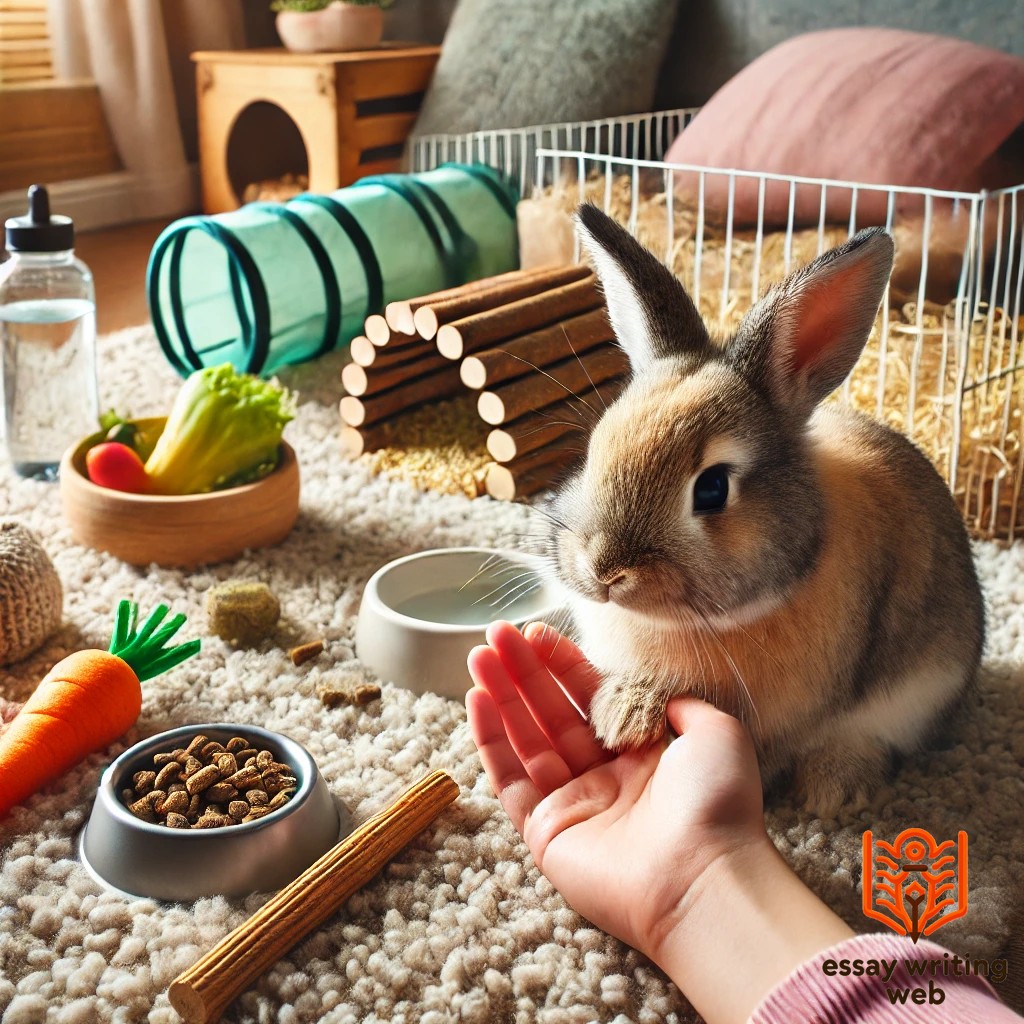 Essay Writing Web
Essay Writing Web
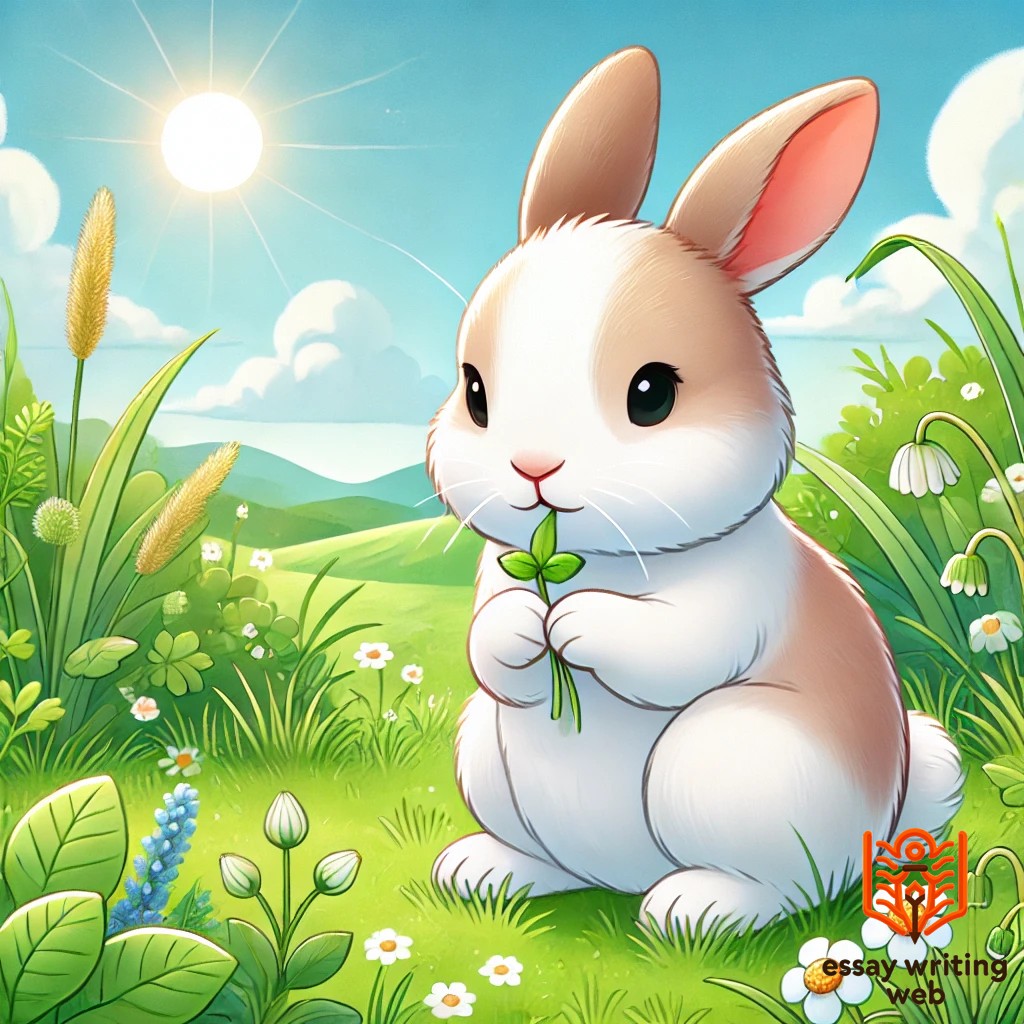
 16-09-2024
16-09-2024
 www.essaywritingweb.com
www.essaywritingweb.com
Rabbits are small, gentle creatures known for their distinctive long ears, soft fur, and powerful hind legs. Belonging to the family Leporidae, they are often confused with hares, but rabbits are generally smaller, with shorter ears and less solitary habits. Their widespread presence across various ecosystems, from dense forests to open meadows, makes them highly adaptable animals. Rabbits are not only popular as wild animals but also as domestic pets, known for their friendly and playful nature.
One of the most striking features of rabbits is their remarkable speed and agility, which helps them evade predators in the wild. Their strong back legs enable them to leap great distances, while their excellent sense of hearing helps them detect threats early. Rabbits are herbivores, thriving on a diet of grasses, vegetables, and herbs, and their constant grazing is essential for maintaining their digestive health.
Rabbits also play a crucial role in the food chain. In the wild, they serve as prey for a variety of predators, including foxes, eagles, and snakes. Despite being vulnerable, rabbits have a high reproductive rate, allowing them to maintain their population even in the face of predation.
Domesticated rabbits, on the other hand, have become beloved pets in households around the world. Known for their affectionate and curious demeanor, they are relatively easy to care for, provided they have a proper diet, shelter, and space to roam. Rabbits have also found a place in popular culture and folklore, symbolizing speed, fertility, and good fortune.
Overall, rabbits are fascinating animals with unique traits and behaviors that have made them a significant part of both natural ecosystems and human homes. Their adaptability, gentle nature, and cultural symbolism continue to capture our admiration.
Rabbits are known for their unique physical characteristics that distinguish them from other small mammals. One of their most recognizable features is their long, upright ears, which can measure up to 10 centimeters in length. These ears not only enhance their sense of hearing but also help regulate their body temperature by dissipating heat in warm conditions.
Rabbits have soft, thick fur that comes in a variety of colors, including shades of brown, grey, white, and black, depending on the breed and environment. This fur provides them with insulation, protecting them from cold temperatures. Some species also undergo seasonal changes in fur color, blending with their surroundings to avoid predators.
Another notable trait is their large, powerful hind legs, which allow rabbits to jump great distances and reach high speeds, sometimes up to 35 miles per hour. These legs are not only essential for escaping predators but also help in burrowing, as many rabbits dig underground tunnels, called warrens, for shelter.
Rabbits have short, fluffy tails, often referred to as “cotton tails” due to their resemblance to a cotton ball. Their eyes are positioned on the sides of their heads, giving them a wide field of vision, which helps them stay alert to potential dangers.
Weighing anywhere between 1 to 5 kilograms depending on the species, rabbits are generally small animals. However, their compact and agile bodies, combined with their distinct physical features, make them highly adaptive creatures, both in the wild and as domesticated pets.

Rabbits come in a wide variety of breeds, each with its own unique characteristics and traits. These breeds differ in terms of size, fur texture, color, and temperament. Broadly, rabbit breeds can be classified into small, medium, and large categories, with over 50 recognized breeds around the world.
One of the most popular small breeds is the Netherland Dwarf. Weighing between 1 to 2.5 pounds, this breed is known for its compact size, short ears, and rounded face, making it a popular pet for those with limited space. Despite their small size, they are energetic and require attention.

The Holland Lop is another popular small breed. Recognized for its floppy ears and friendly nature, this breed weighs around 2 to 4 pounds. Their playful and affectionate behavior makes them ideal companions for families.
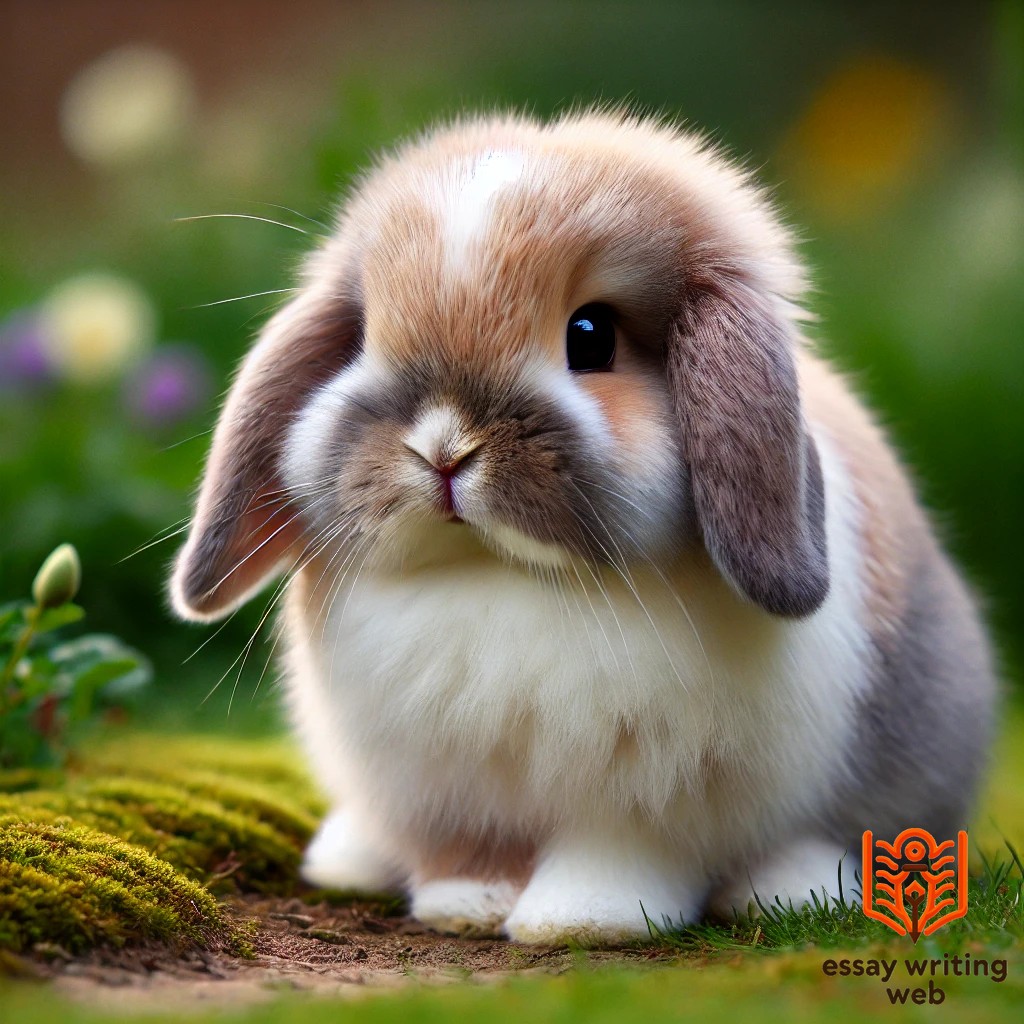
In the medium category, the Rex Rabbit stands out due to its plush, velvety fur. Weighing between 7 to 10 pounds, Rex rabbits are known for their dense, soft coat and calm temperament. They come in a variety of colors, making them visually appealing.

The Mini Rex, a smaller version of the Rex, shares its luxurious fur but weighs between 4 to 5 pounds. It is a favored breed among rabbit enthusiasts due to its manageable size and gentle nature.
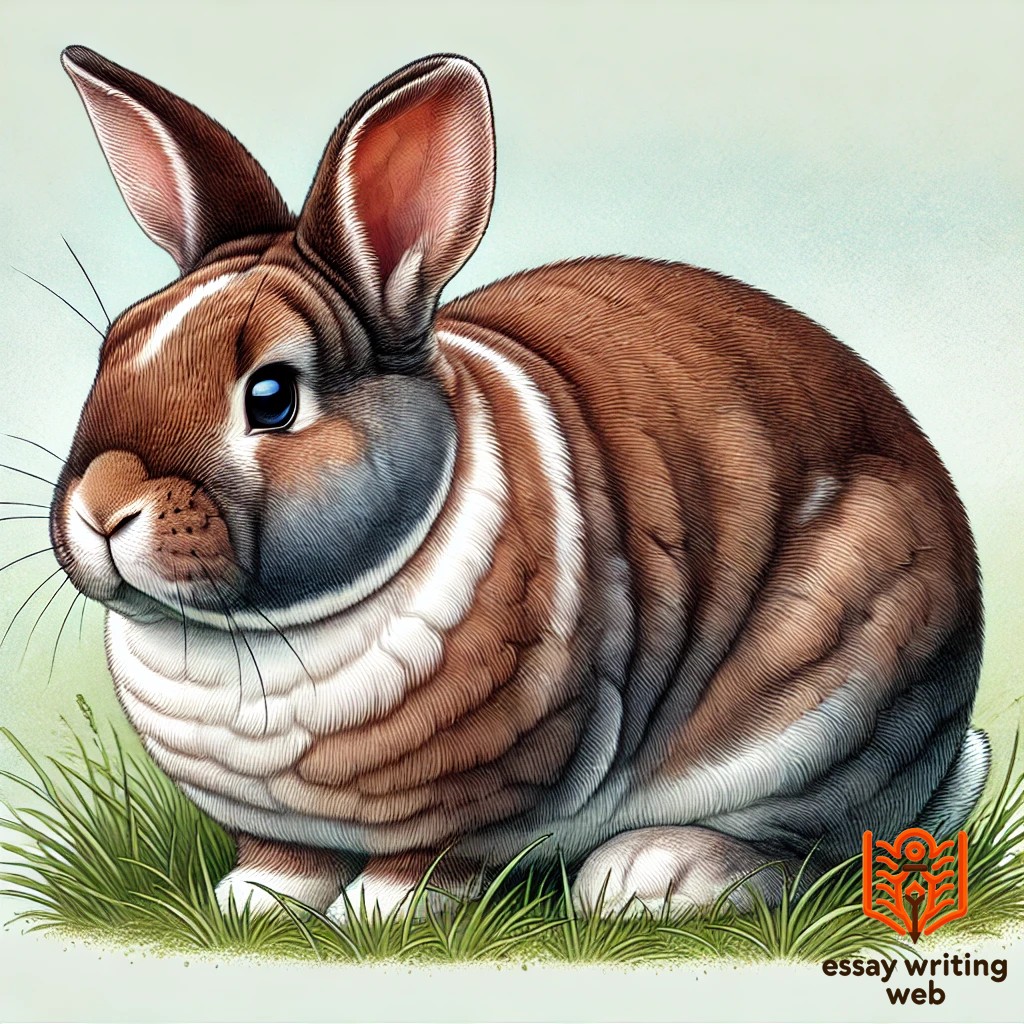
Among large breeds, the Flemish Giant is notable. Weighing up to 15 pounds or more, this breed is known for its impressive size and calm, docile temperament. Despite their size, they are often gentle and make good pets.

Lastly, the Angora Rabbit, known for its long, soft fur, is bred primarily for wool production. They require regular grooming to maintain their coat but are otherwise calm and friendly.
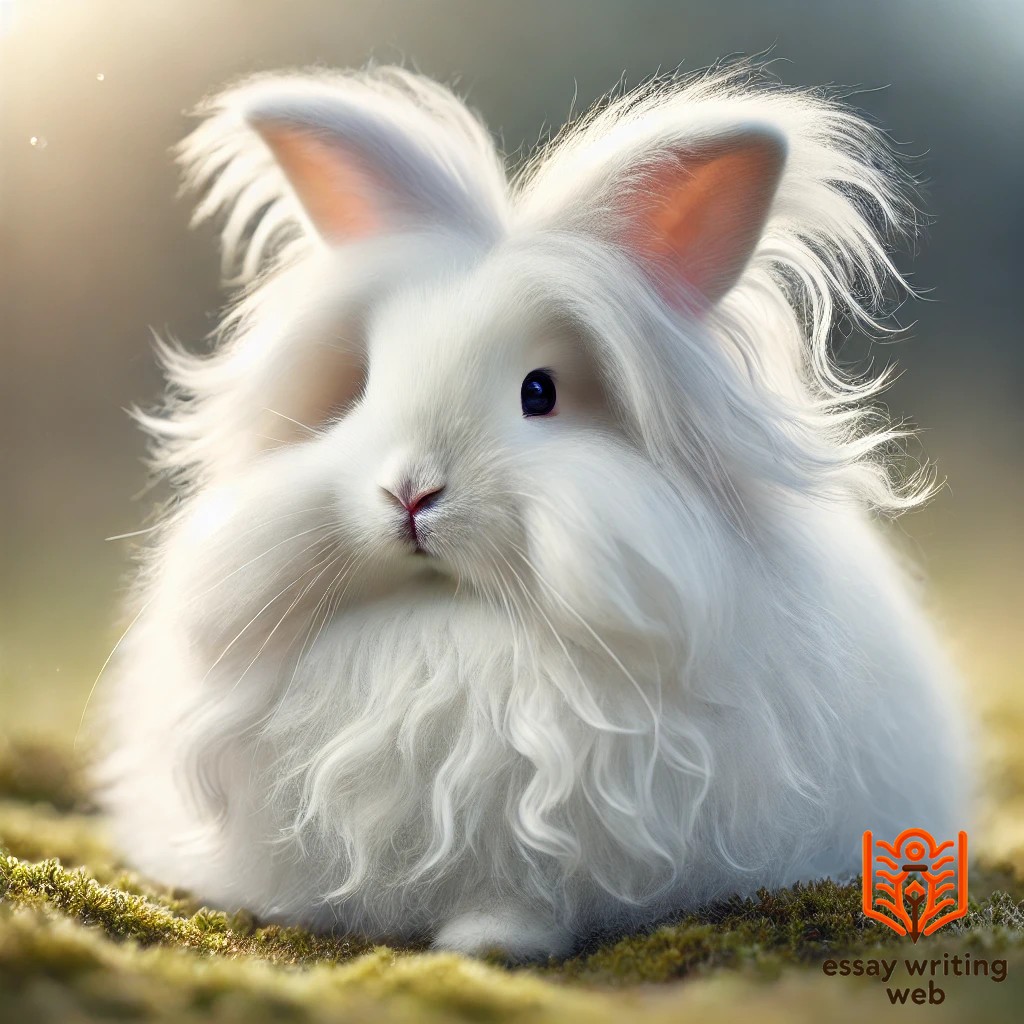
Each rabbit breed has unique qualities, whether it’s their size, coat, or personality. These diverse breeds ensure that there is a rabbit for every type of owner, from pet enthusiasts to those interested in rabbit farming or wool production.
In the wild, they are commonly found in grasslands, forests, meadows, and deserts. They prefer areas with dense vegetation that provides cover from predators and an abundant food supply, primarily consisting of grasses, herbs, and leafy plants.
Rabbits are known for their burrowing behavior. They dig complex underground tunnel systems called warrens, which provide shelter and protection from predators. These warrens are equipped with multiple entrances and chambers, offering safety and a place to raise their young. Grasslands and wooded areas are ideal locations for these burrows due to the soft soil that is easy to dig.
Domesticated rabbits, on the other hand, live in a variety of controlled environments, such as indoor cages or outdoor hutches. These habitats should include space for the rabbits to roam, exercise, and burrow, mimicking their natural behaviors. Access to fresh food, water, and clean surroundings is crucial for their well-being.
In different parts of the world, rabbits have adjusted to varying climates and environments, showcasing their versatility. Whether in the wild or as pets, rabbits require safe, secure habitats to thrive and maintain their natural behaviors.
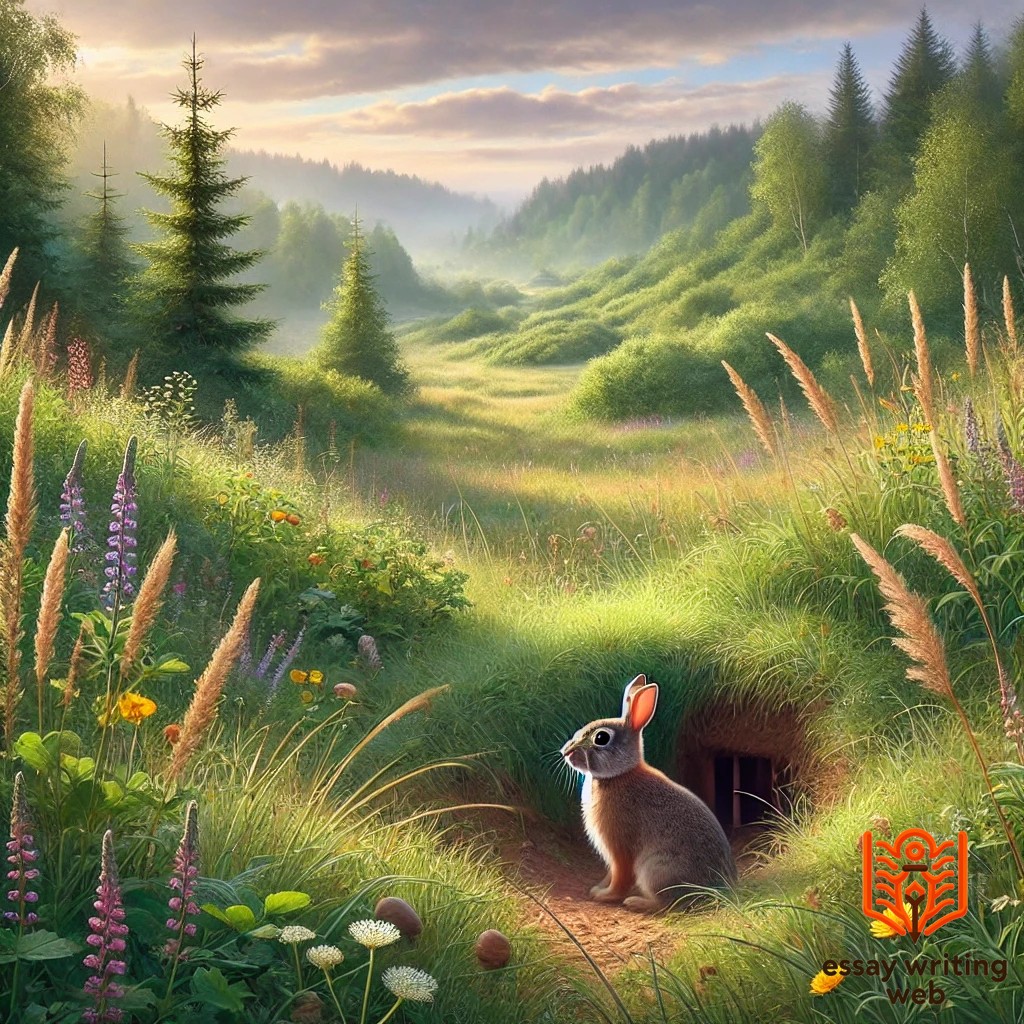
Rabbits are herbivores, meaning their diet consists entirely of plant-based foods. Their primary food source in the wild is grass, which makes up the bulk of their diet. Grasses are rich in fiber, an essential component for rabbits’ digestive health. In addition to grass, rabbits consume various herbs, leaves, twigs, and even bark when vegetation is scarce.
Rabbits have a unique digestive system that allows them to process fibrous plant material efficiently. They practice a behavior known as coprophagy, in which they consume a type of soft feces called cecotropes. These are produced by the fermentation of plant material in the cecum, a part of the rabbit's digestive tract. Re-ingesting cecotropes allows rabbits to extract essential nutrients and vitamins that were not absorbed during the first digestion.
In domesticated environments, rabbits are typically fed a balanced diet of hay, fresh vegetables, and specially formulated rabbit pellets. Hay is a crucial part of a rabbit’s diet, mimicking the grass they would eat in the wild. Vegetables like leafy greens, carrots, and herbs provide additional nutrients, while commercial pellets offer a controlled mix of vitamins and minerals.
Rabbits are natural grazers, meaning they prefer to eat throughout the day rather than consuming large meals at once. Constant chewing also helps to wear down their teeth, which grow continuously throughout their lives. Proper diet management is essential for keeping a rabbit healthy, ensuring they get the necessary fiber and nutrients to support their digestion and overall well-being.
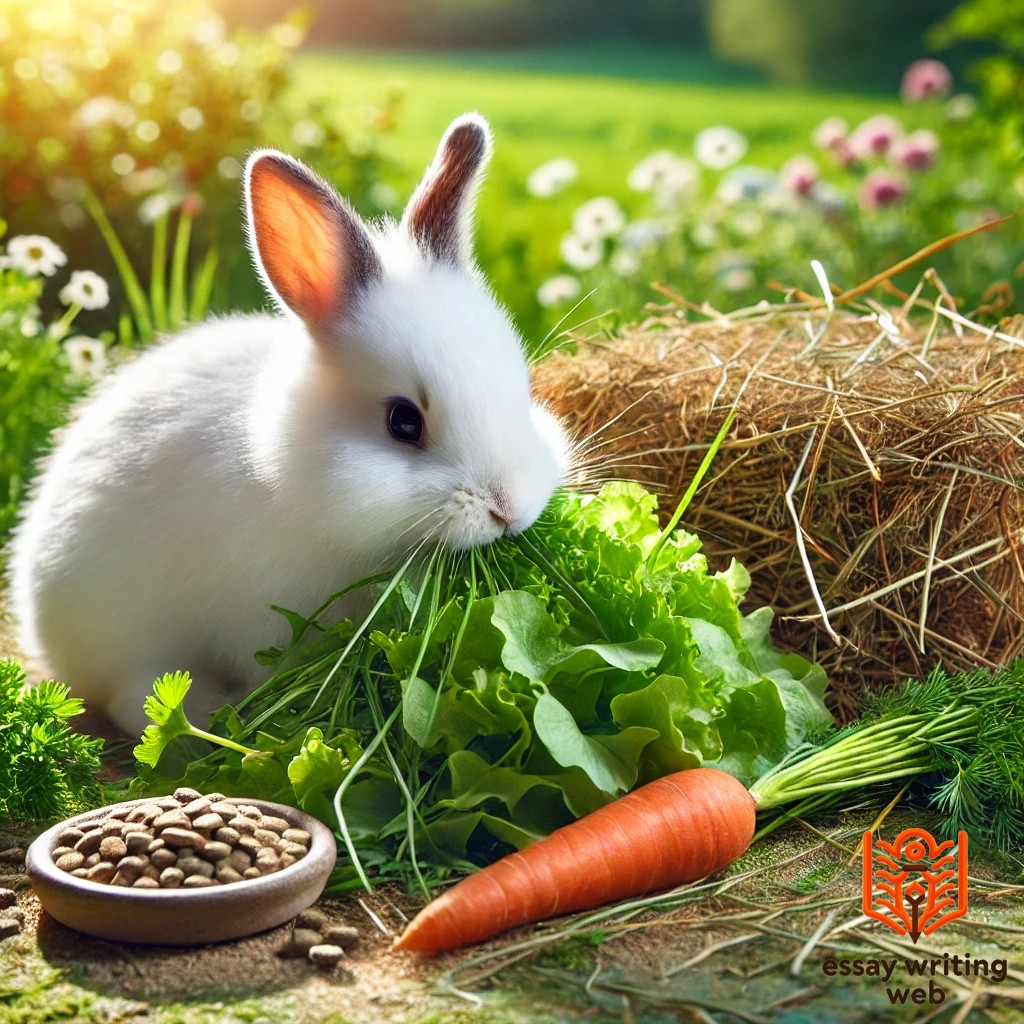
Rabbits are social and active animals known for their dynamic behavior and complex social structures. In the wild, rabbits live in groups called colonies, often residing in extensive underground tunnels known as warrens. These social groups provide protection from predators and promote cooperative living. Within these colonies, rabbits establish a hierarchical structure where dominant individuals typically lead and have priority access to resources like food and shelter.
Rabbits are crepuscular, meaning they are most active during dawn and dusk. This behavior helps them avoid predators that are more active during the day or night. Their large ears and keen sense of smell help them detect danger, and their strong hind legs allow them to make swift escapes by jumping and running at high speeds.
Communication is an essential aspect of rabbit behavior. They use various methods such as body language, thumping their feet to signal danger, or grooming each other as a display of social bonding. Vocalizations like soft grunts or purring are also common in domestic rabbits to express contentment.
In captivity, rabbits often develop strong bonds with their human caretakers and other pets, showing affection through grooming and playful interaction. Whether in the wild or as pets, rabbits exhibit a rich social life, displaying both cooperative and independent behaviors that reflect their adaptability.
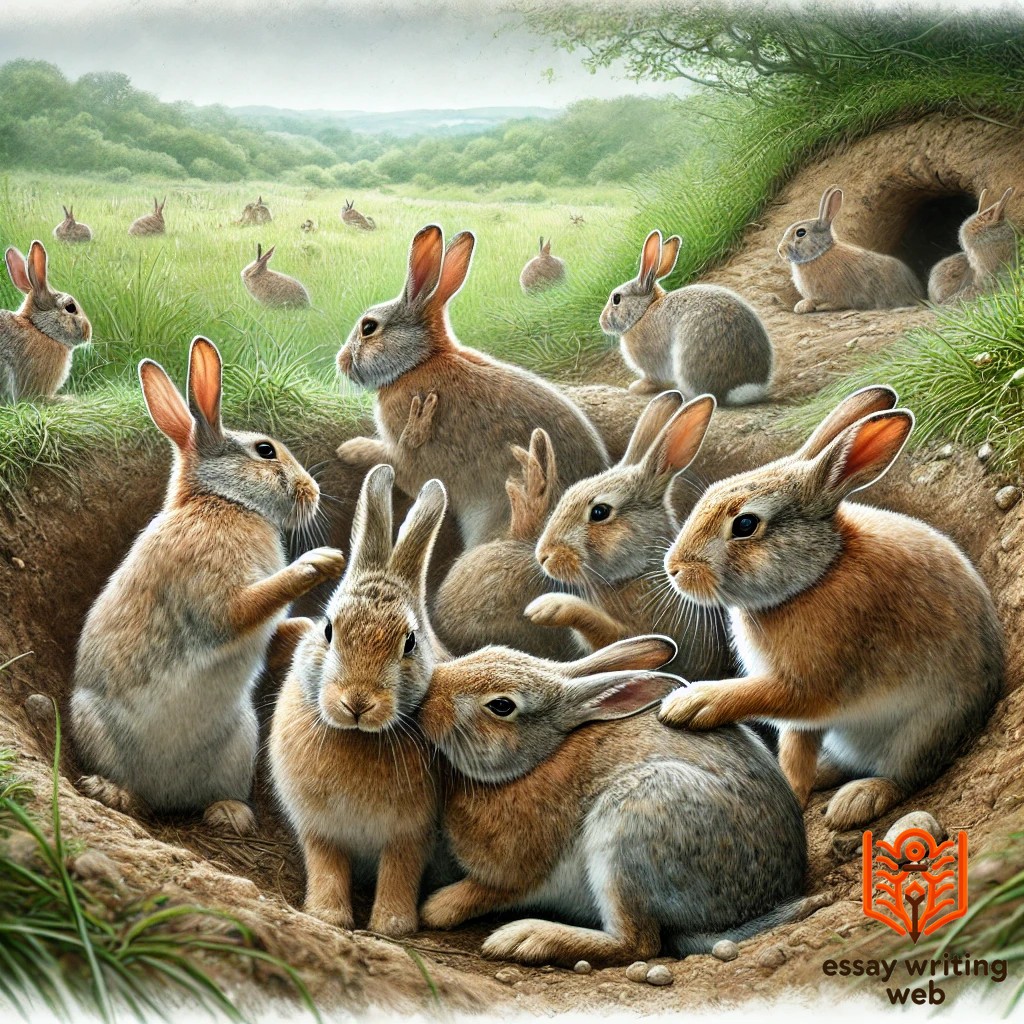
Rabbits are known for their high reproductive rate, which is essential for maintaining their populations in the wild. They reach sexual maturity at a young age, with some species capable of reproducing as early as three to six months old. Rabbits are prolific breeders, and their gestation period is relatively short, lasting around 28 to 31 days. A single litter can contain anywhere from 4 to 12 kits (baby rabbits), depending on the breed and environmental conditions.
After birth, the kits are born blind and hairless, entirely dependent on their mother. However, they develop quickly and are ready to leave the nest within three weeks. Female rabbits, known as does, can give birth multiple times in a single year, often producing several litters during the breeding season, which usually occurs in the spring and summer.
The lifespan of a rabbit varies depending on whether they live in the wild or as domesticated pets. In the wild, rabbits face predators and environmental challenges, limiting their lifespan to 1 to 3 years. Domesticated rabbits, with proper care, can live much longer, typically between 8 to 12 years. The lifespan of pet rabbits can be influenced by their breed, diet, environment, and veterinary care.
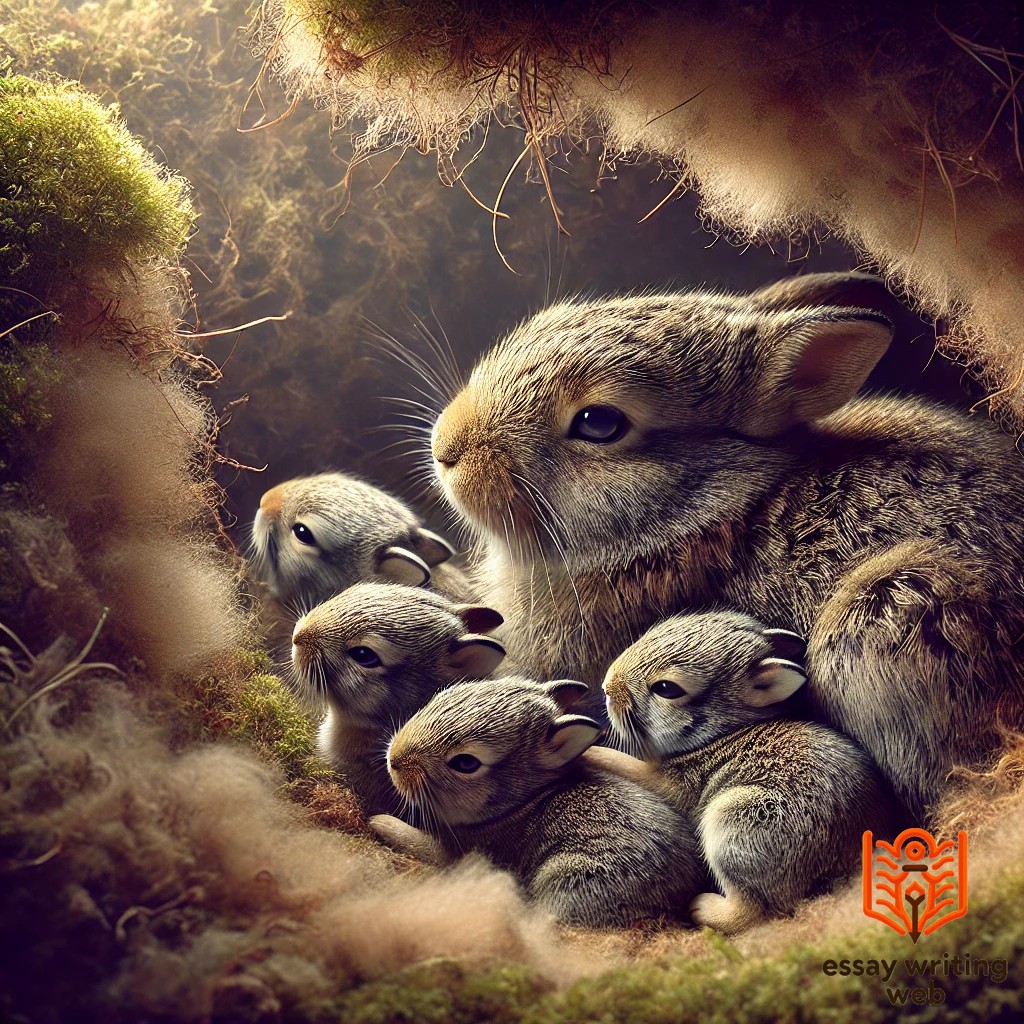
Rabbits play a vital role in the ecosystem, contributing to both the environment and the food chain. As herbivores, rabbits primarily consume grasses, herbs, and other plant materials. Their constant grazing helps in regulating plant growth, preventing overgrowth, and maintaining the balance of vegetation in ecosystems such as grasslands, forests, and meadows. This grazing behavior also aids in seed dispersal, which promotes the growth of diverse plant species.
Additionally, rabbits serve as a key food source for a wide range of predators. Animals like foxes, wolves, hawks, eagles, and snakes rely heavily on rabbits as a primary part of their diet. By supporting predator populations, rabbits help sustain biodiversity and contribute to the health of ecosystems.
Rabbits also play a significant role in soil aeration. By digging burrows, they loosen the soil, allowing air and water to penetrate more easily. This behavior benefits plant roots and promotes healthier soil conditions. Their burrows also provide habitats for other small animals, such as insects and small rodents.
Overall, rabbits are an integral part of many ecosystems, contributing to plant control, food chains, and soil health. Their presence ensures that ecosystems function smoothly and remain balanced.
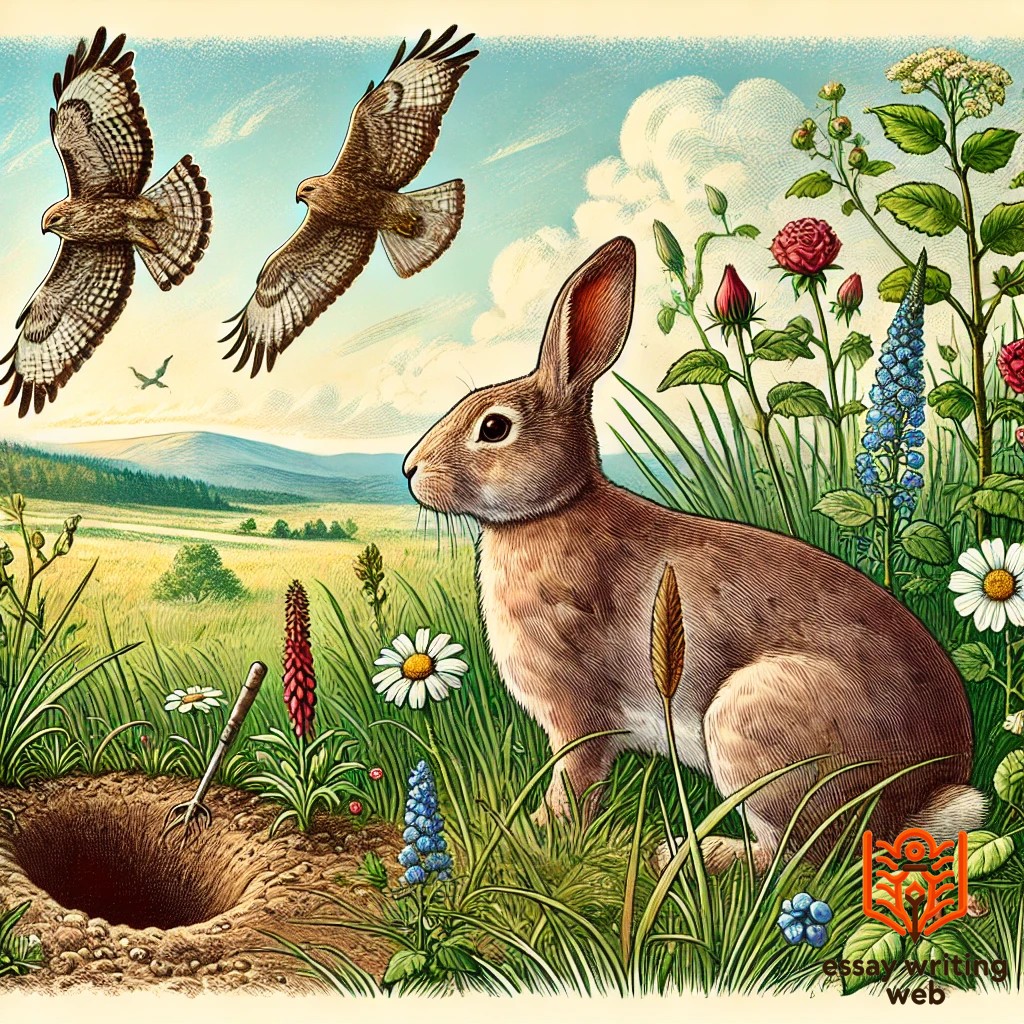
Rabbits have been domesticated for centuries, initially bred for their meat, fur, and wool. Over time, however, they gained popularity as household pets due to their gentle and sociable nature. Today, rabbits are among the most popular small pets, known for their soft fur, playful behavior, and relatively easy-care requirements.
Domesticated rabbits are significantly different from their wild counterparts in terms of behavior and temperament. They are more accustomed to human interaction and can form strong bonds with their owners. Pet rabbits can be litter trained, making them clean and manageable indoor pets. They thrive in environments that provide them with space to hop around and engage in natural behaviors, such as chewing and digging. Offering toys and tunnels helps to keep them mentally and physically stimulated.
Rabbits are social animals that enjoy companionship, either from other rabbits or from their human caretakers. They exhibit affectionate behaviors, such as nudging or grooming, to show their bond with others. Proper care for pet rabbits includes a balanced diet of hay, fresh vegetables, and pellets, along with regular veterinary check-ups to ensure their health.
Different breeds of rabbits, such as the Holland Lop, Mini Rex, and Lionhead, have become especially popular as pets due to their unique appearances and manageable sizes. While rabbits are relatively easy to care for, they require a safe environment, regular grooming, and attention to thrive as pets.
Overall, rabbits make loving, intelligent, and interactive companions for those willing to provide them with the care and attention they need, making them excellent pets for families and individuals alike.
